
Filter News
Area of Research
- (-) Biology and Environment (65)
- (-) Materials (33)
- (-) Nuclear Science and Technology (9)
- Advanced Manufacturing (3)
- Biological Systems (1)
- Biology and Soft Matter (1)
- Computational Biology (1)
- Energy Science (58)
- Fusion and Fission (16)
- Fusion Energy (5)
- Isotopes (5)
- Materials for Computing (5)
- National Security (9)
- Neutron Science (20)
- Supercomputing (37)
News Type
News Topics
- (-) 3-D Printing/Advanced Manufacturing (6)
- (-) Big Data (8)
- (-) Biomedical (10)
- (-) Energy Storage (8)
- (-) Environment (64)
- (-) Fusion (8)
- (-) Materials Science (19)
- (-) Mercury (6)
- (-) Polymers (5)
- Advanced Reactors (4)
- Artificial Intelligence (8)
- Bioenergy (29)
- Biology (43)
- Biotechnology (7)
- Buildings (1)
- Chemical Sciences (11)
- Clean Water (10)
- Composites (3)
- Computer Science (19)
- Coronavirus (6)
- Cybersecurity (1)
- Exascale Computing (5)
- Frontier (3)
- Grid (2)
- High-Performance Computing (13)
- Hydropower (5)
- Isotopes (7)
- Machine Learning (6)
- Materials (20)
- Mathematics (3)
- Microscopy (13)
- Molten Salt (1)
- Nanotechnology (10)
- National Security (2)
- Neutron Science (10)
- Nuclear Energy (22)
- Partnerships (4)
- Physics (12)
- Quantum Computing (1)
- Security (2)
- Simulation (9)
- Space Exploration (2)
- Summit (7)
- Transportation (4)
Media Contacts
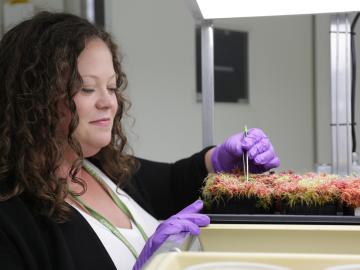
Microorganisms may provide hope that peatlands can withstand hotter temperatures in a changing climate.
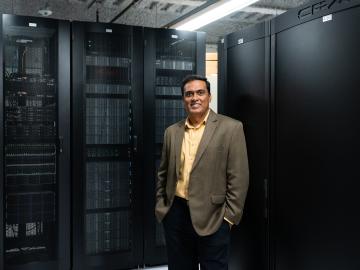
The Atmospheric Radiation Measurement Data Center is shepherding changes to its operations to make the treasure trove of data more easily available accessible and useful to scientists studying Earth’s climate.

Scientists develop environmental justice lens to identify neighborhoods vulnerable to climate change
A new capability to identify urban neighborhoods, down to the block and building level, that are most vulnerable to climate change could help ensure that mitigation and resilience programs reach the people who need them the most.

A study led by researchers at ORNL could help make materials design as customizable as point-and-click.
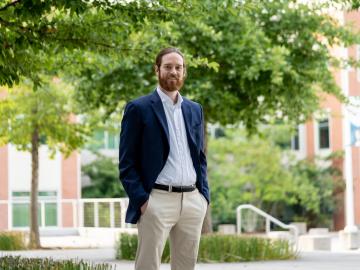
Bryan Piatkowski, a Liane Russell Distinguished Fellow in the Biosciences Division at ORNL, is exploring the genetic pathways for traits such as stress tolerance in several plant species important for carbon sequestration
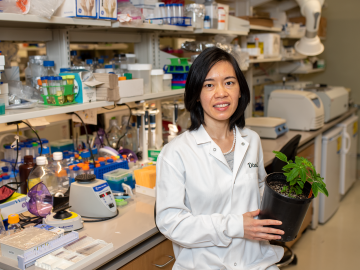
A team of researchers working within the Center for Bioenergy Innovation at ORNL has discovered a pathway to encourage a type of lignin formation in plants that could make the processing of crops grown for products such as sustainable jet fuels easier and less costly.

Surrounded by the mountains of landlocked Tennessee, Oak Ridge National Laboratory’s Teri O’Meara is focused on understanding the future of the vitally important ecosystems lining the nation’s coasts.

Spanning no less than three disciplines, Marie Kurz’s title — hydrogeochemist — already gives you a sense of the collaborative, interdisciplinary nature of her research at ORNL.
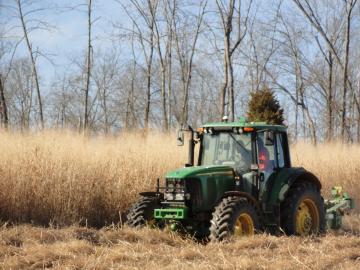
Energy and sustainability experts from ORNL, industry, universities and the federal government recently identified key focus areas to meet the challenge of successfully decarbonizing the agriculture sector

Neuromorphic devices — which emulate the decision-making processes of the human brain — show great promise for solving pressing scientific problems, but building physical systems to realize this potential presents researchers with a significant


